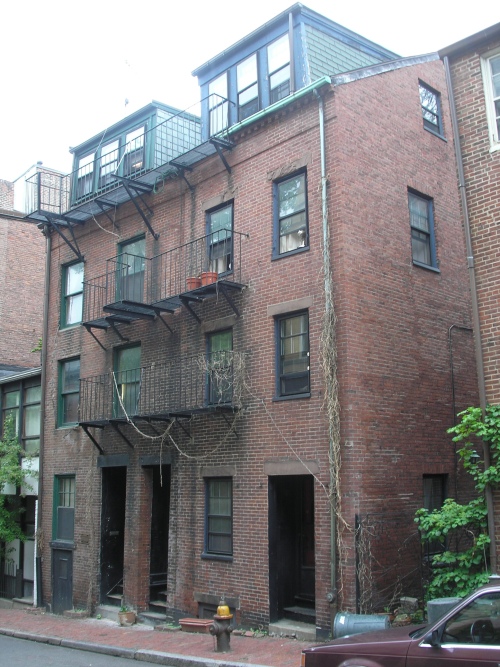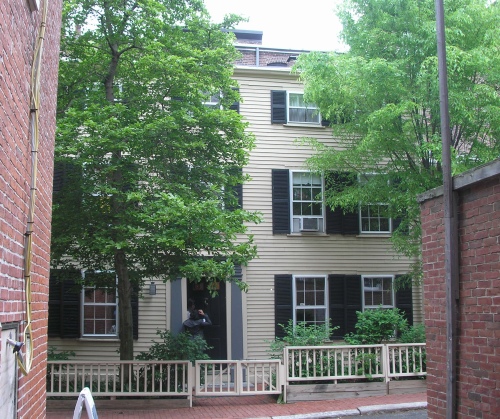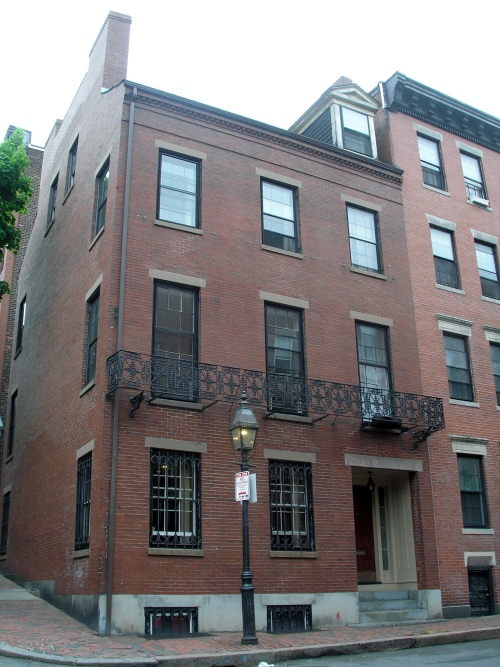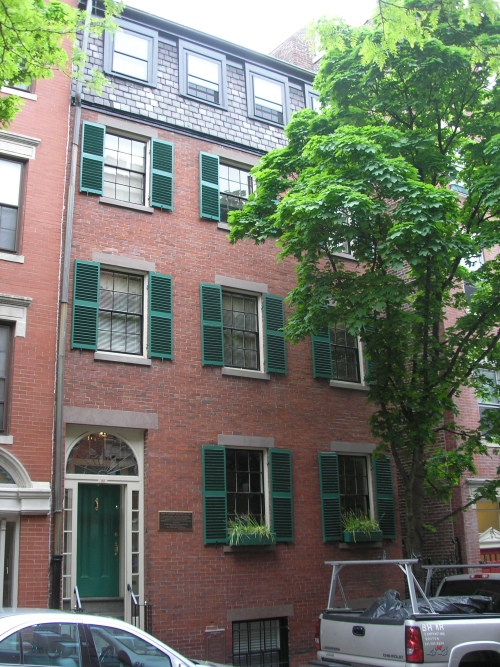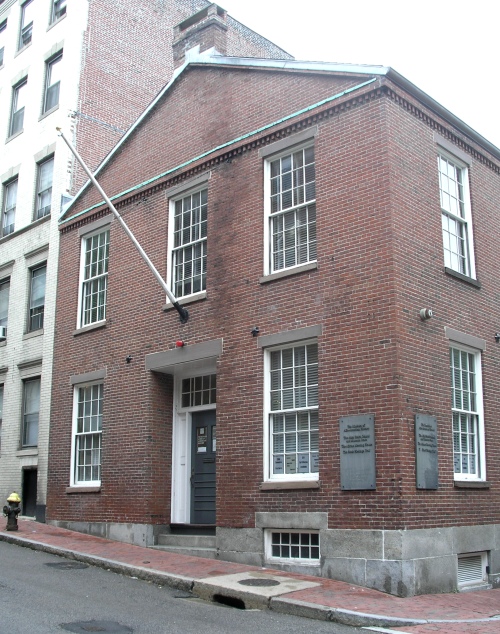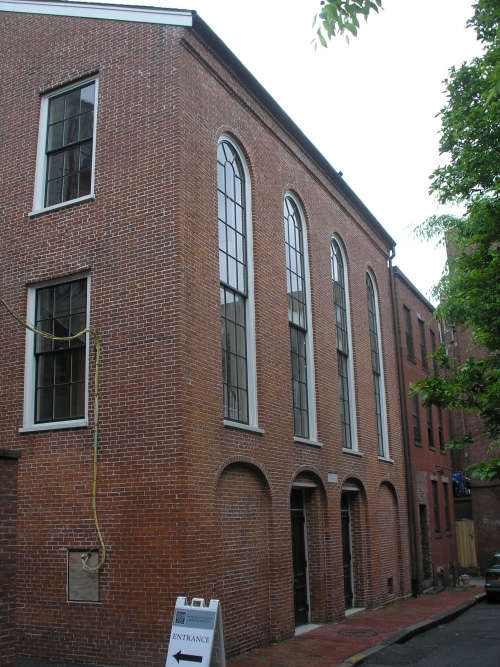81 Joy Street, Boston (1902)
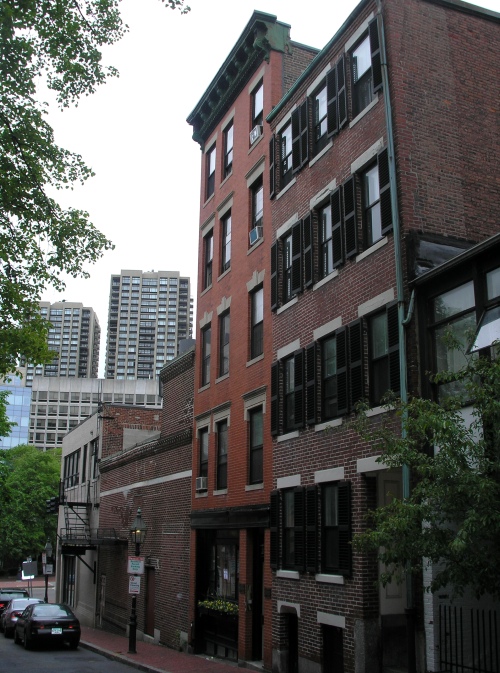
The house at 81 Joy Street in Boston was built in 1902 and replaced an earlier house on the site, built in 1825 and numbered 8 Belknap Street. This had been the home of two African American abolitionist leaders. From 1827 to 1829, David Walker resided here with his wife Eliza. Born a free black in North Carolina, Walker came to Boston where he ran and used clothing store. In 1829 he published Appeal to the Coloured Citizens of the World and Expressly to the Coloured Citizens of the United States. This work, which called on enslaved people to rebel against their masters, was banned in the south and Georgia slave owners placed a bounty on Walker’s head. The house was next home to James and Maria W. Stewart. Maria Stewart gave speeches about women’s rights and against slavery, which were published by William Lloyd Garrison. She is the first American born woman, of any race, known to have spoken publicly on political issues. She moved to New York in 1834. Rev. George H. Black, one of the founders of the Twelfth Baptist Church, and Leonard Black, a former slave, lived in the house in the late 1830s. Their lives are discussed in Life and Sufferings of Leonard Black, A Fugitive from Slavery. Written by Himself (1848).
